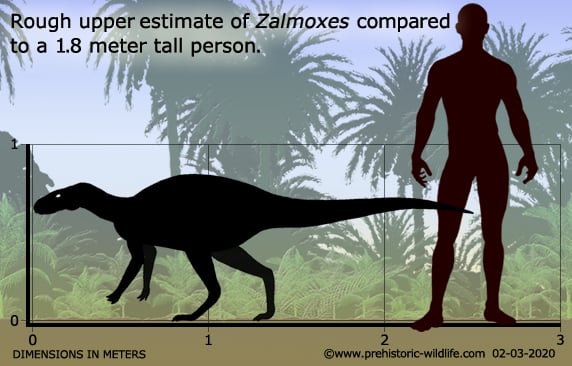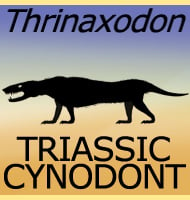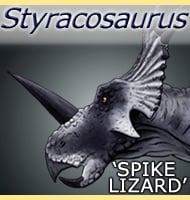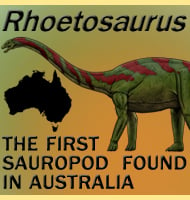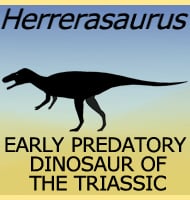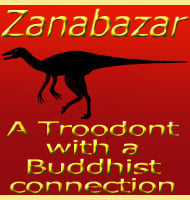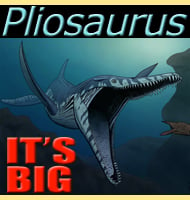In Depth
Zalmoxes was discovered when fossils that had been assigned to the genus Rhabdodon as R. robustus (originally robustum) were discovered to have different distinguishing features. This was actually the second time that the material had been re-named as initially it was known as a species of Mochlodon. Today Zalmoxes is described as an iguanodontid ornithopod dinosaur that sits within the family Rhabdodontidae. This group was created in 2003, and aside from Rhabdodon is also thought to be the rightful home of other well-known dinosaurs like Muttaburrasaurus. Zalmoxes itself was not the only dinosaur to accomplish this, as the hadrosauird Telmatosaurus, as well as the titanosaur Magyarosaurus both attained maximum sizes that were much smaller than similar and related dinosaurs that were living in mainland areas. Carnivores also evolved however as indicated by the presence of the dromaeosaurid Balaur.
Further Reading
– Osteology and phylogeny of Zalmoxes (n. g.), an unusual euornithopod dinosaur from the latest Cretaceous of Romania. – Journal of Systematic Palaeontology 1(2):65-123. – D. B. Weishampel, C.-M. Jianu, Z. Csiki & D. B. Norman – 2003.
